
Shiva the Destroyer: The Dance of Transformation
By Suraj Yadav

23 Aug, 2024
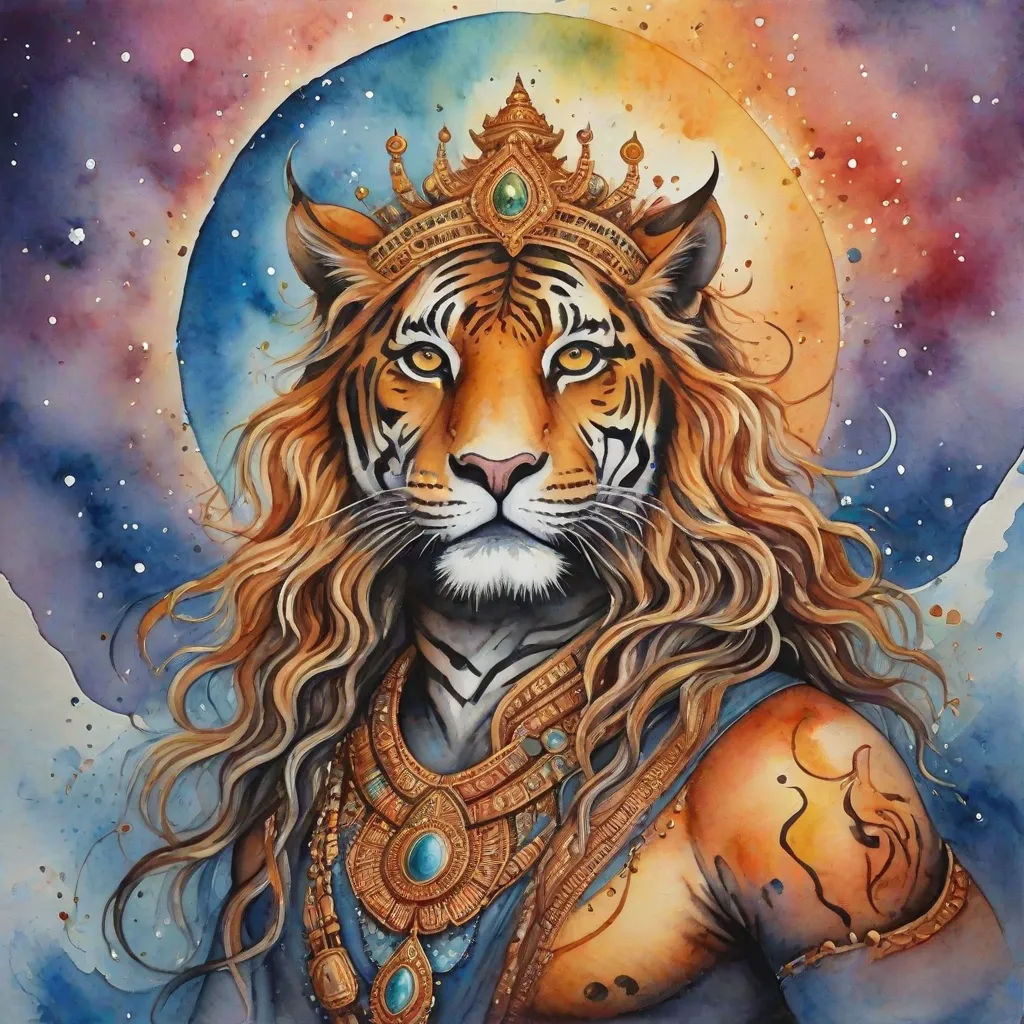
In the boundless cosmos, where time and space intertwined, Shiva, the Destroyer, sat in a state of deep meditation, his mind exploring the infinity of existence.
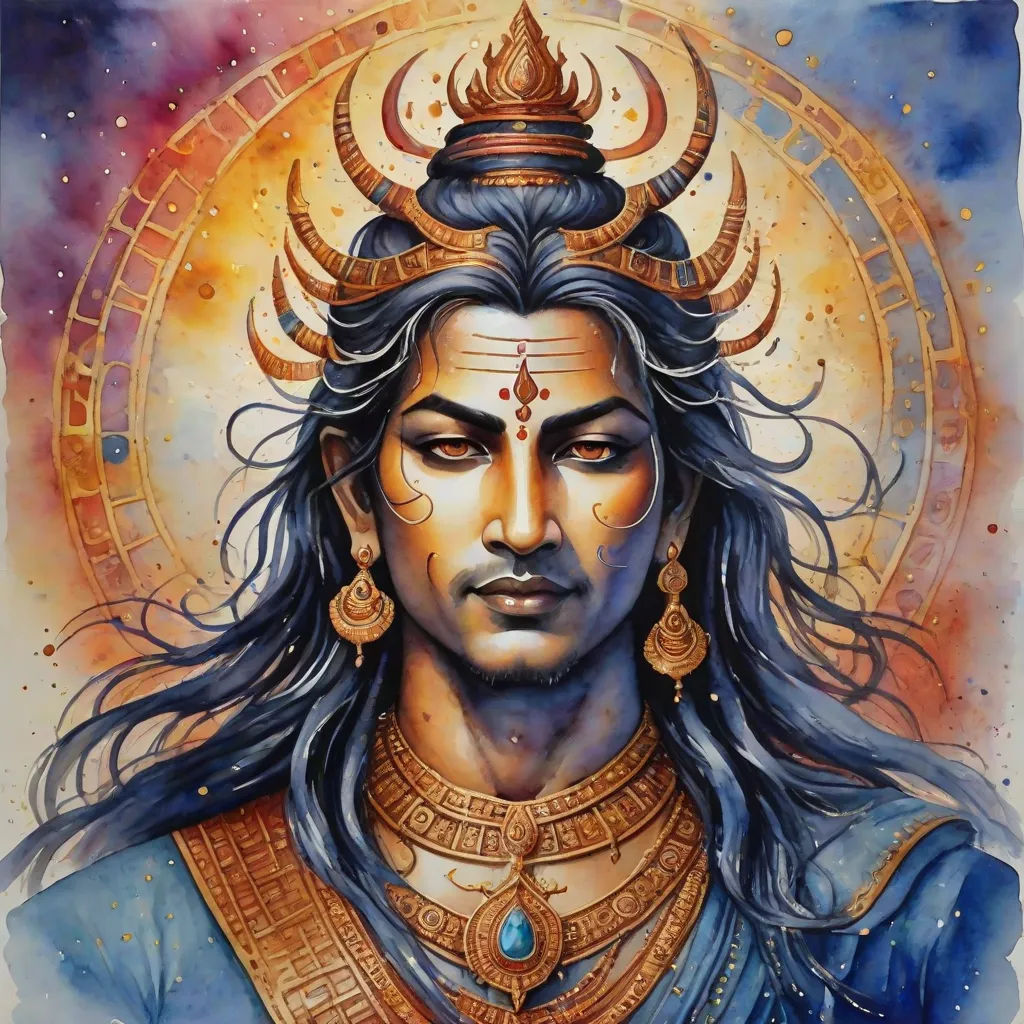
His serene face held an enigmatic calm, a stark contrast to the fierce energy that he embodied. The universe, in its vast expanse, mirrored his duality.
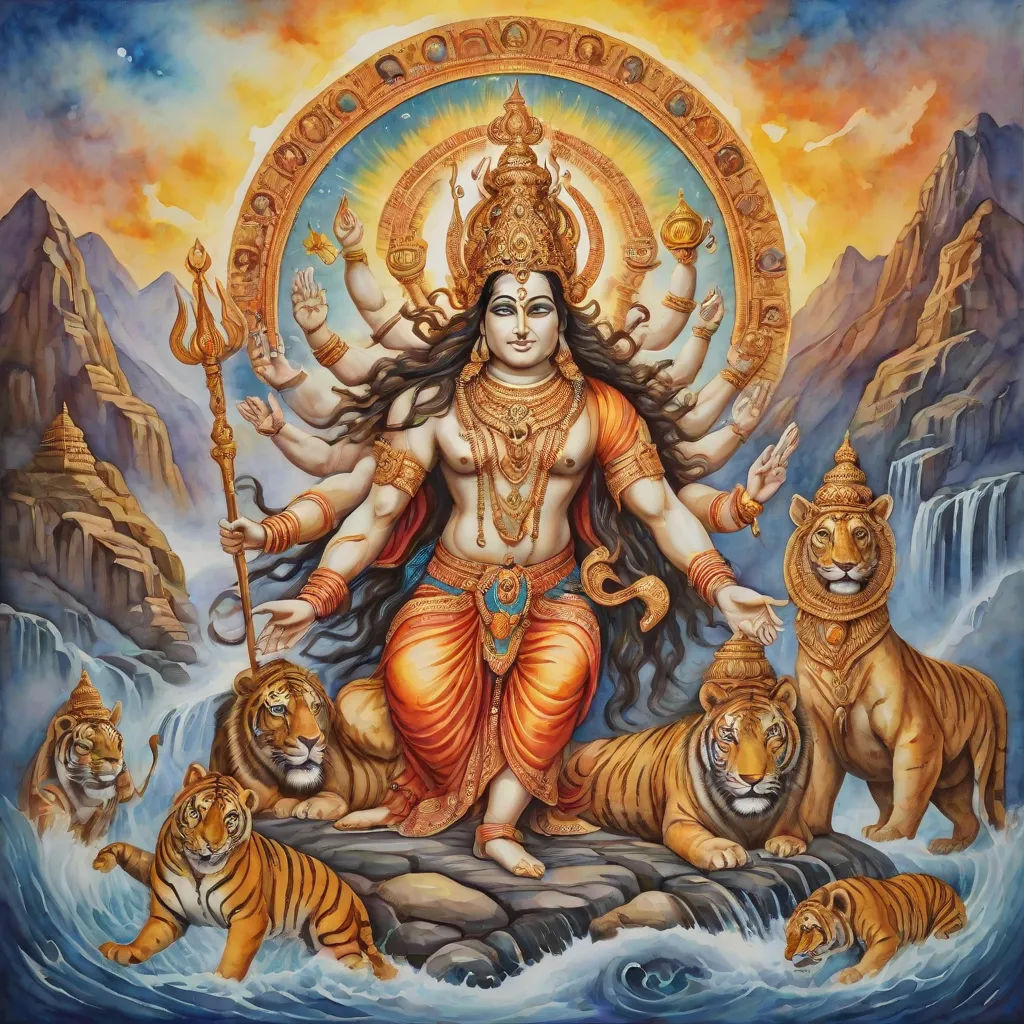
In the realm of gods, Brahma, the Creator, was troubled. A cosmic imbalance threatened to disrupt the equilibrium of existence. He sought Shiva's help.
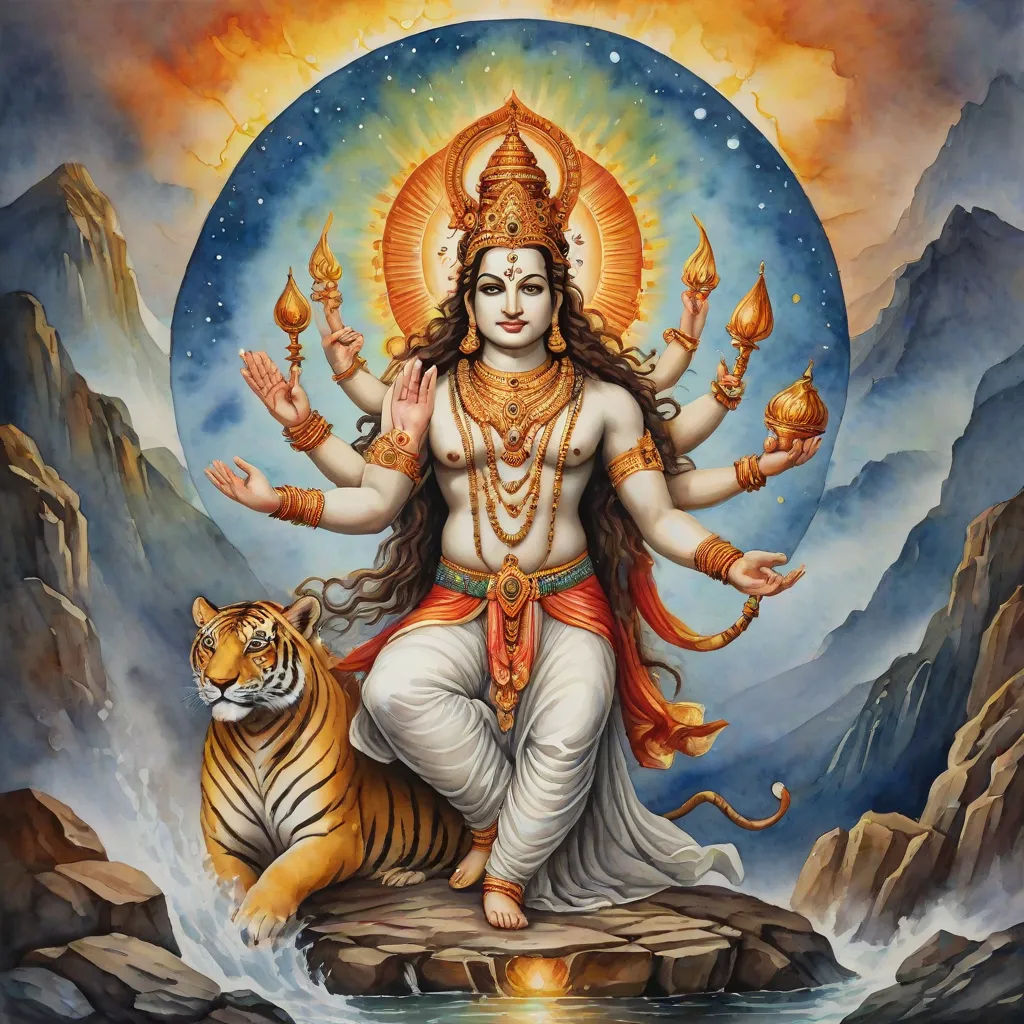
'O Maha Dev,' Brahma pleaded, 'The cosmos is in peril. It needs your divine intervention.' Shiva's eyes opened, his gaze piercing the dimensions.
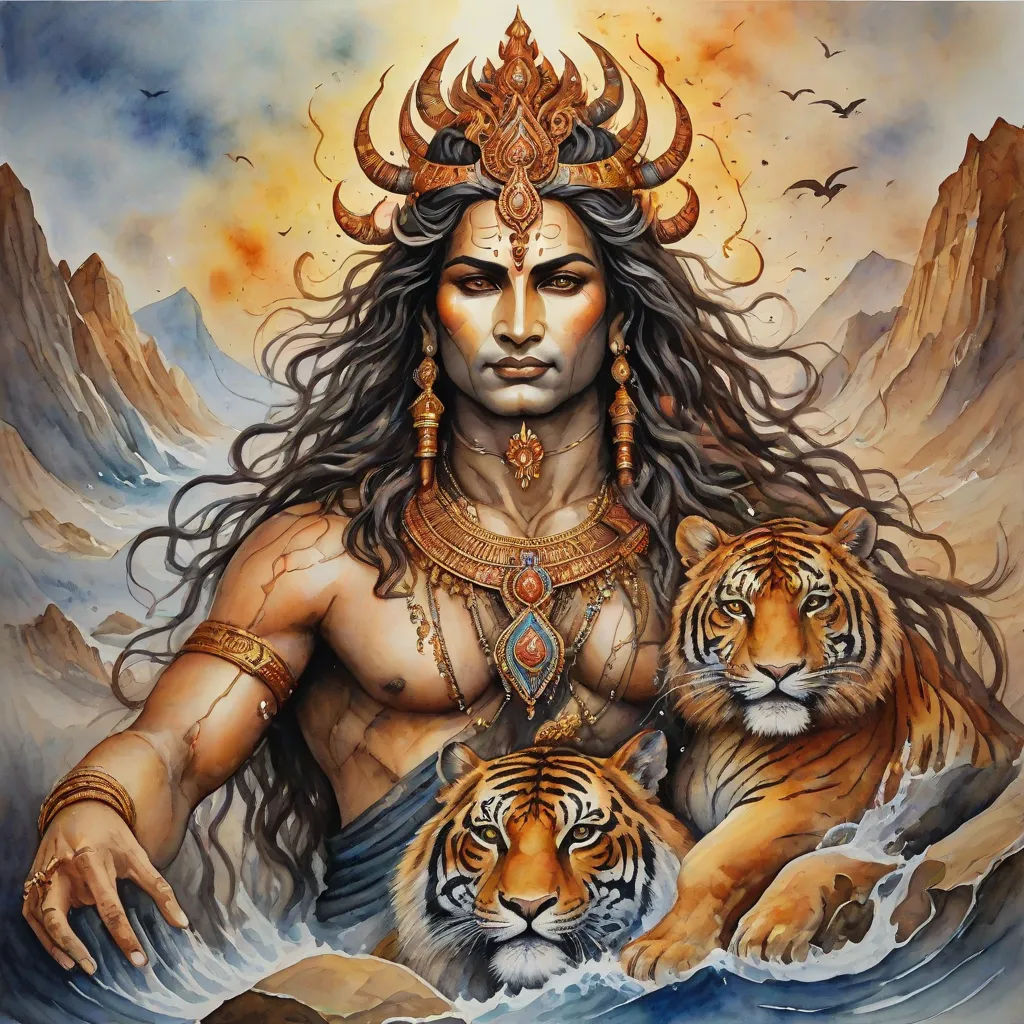
Shiva descended upon the troubled world. The once-thriving civilization was now spiraling into chaos, its harmony disrupted, its people consumed by greed and fear.
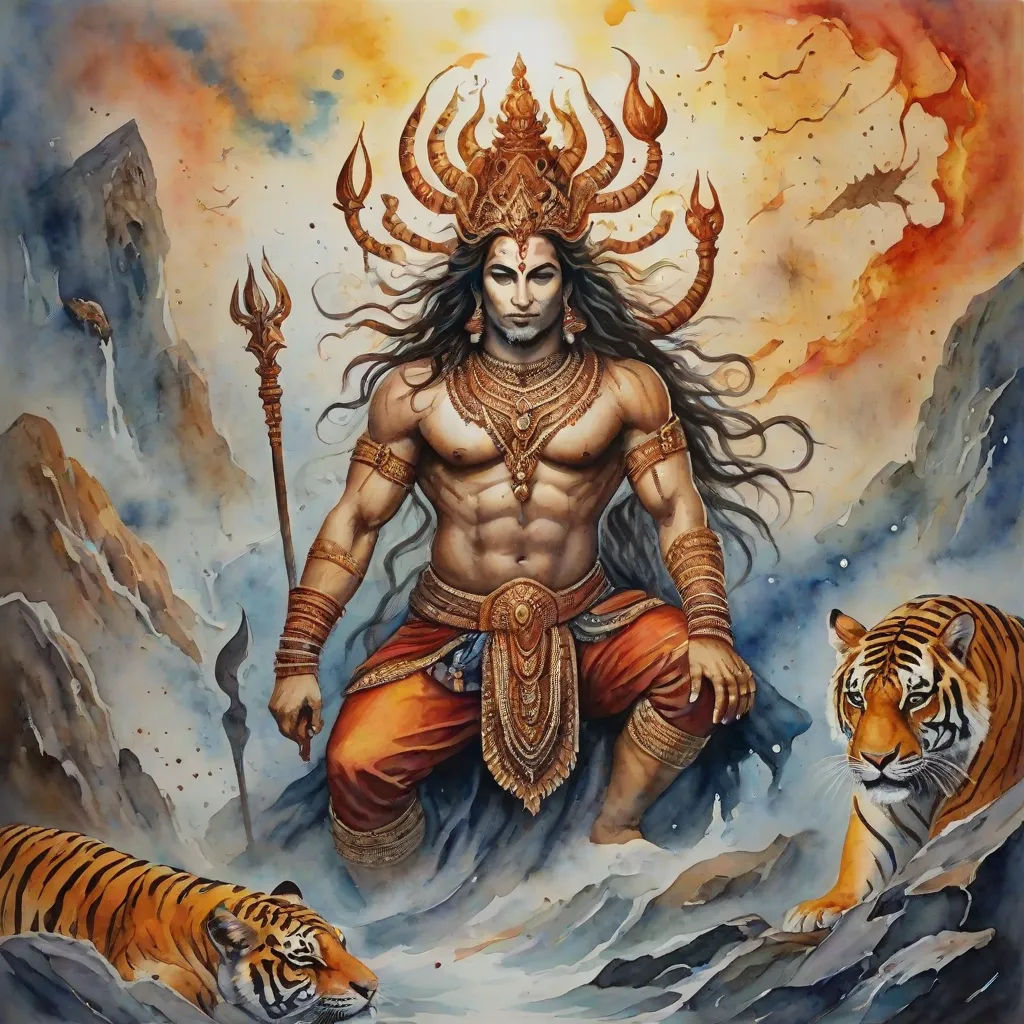
Shiva witnessed the strife, his heart heavy with sorrow. But he knew that to restore balance, he had to embrace his role as the Destroyer.
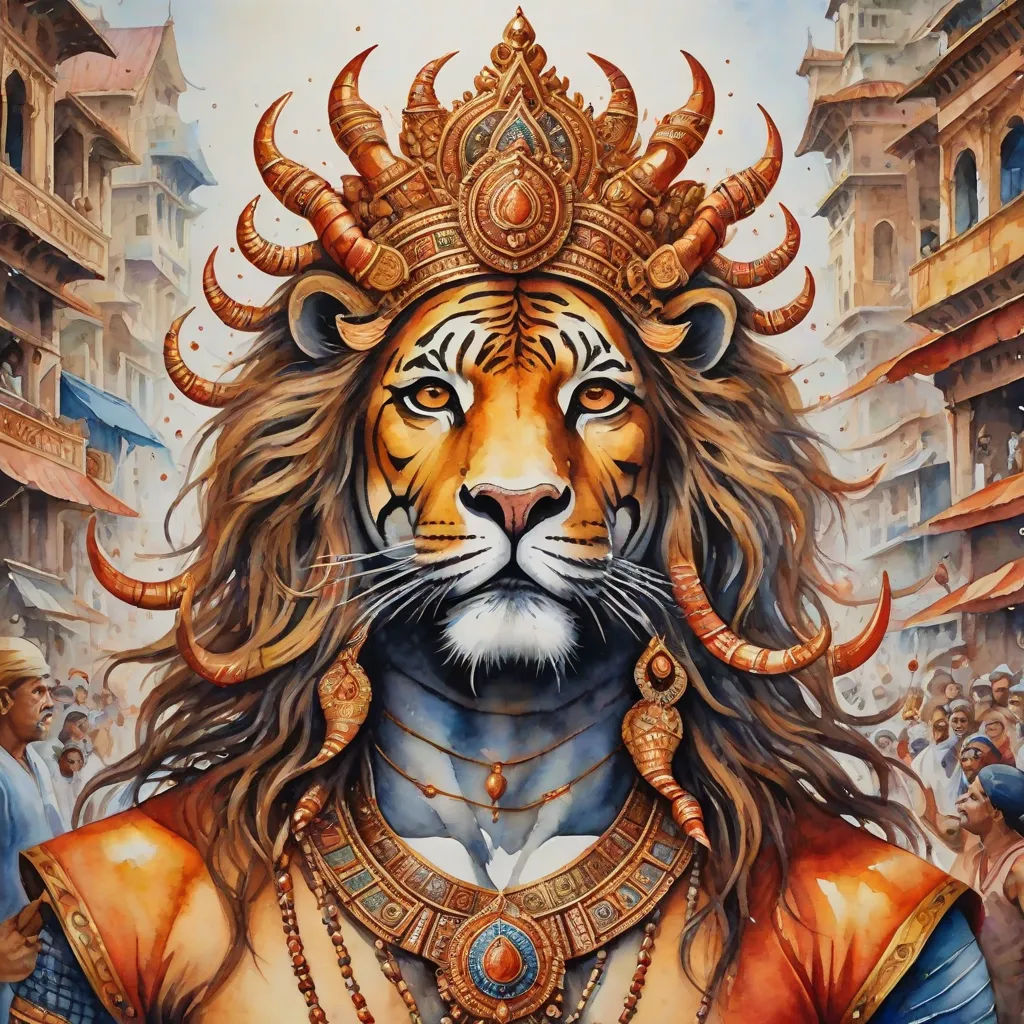
In the city's heart, Shiva made his presence known. His aura radiated an intense energy that commanded silence. The crowd stared in awe, fear mixing with reverence.
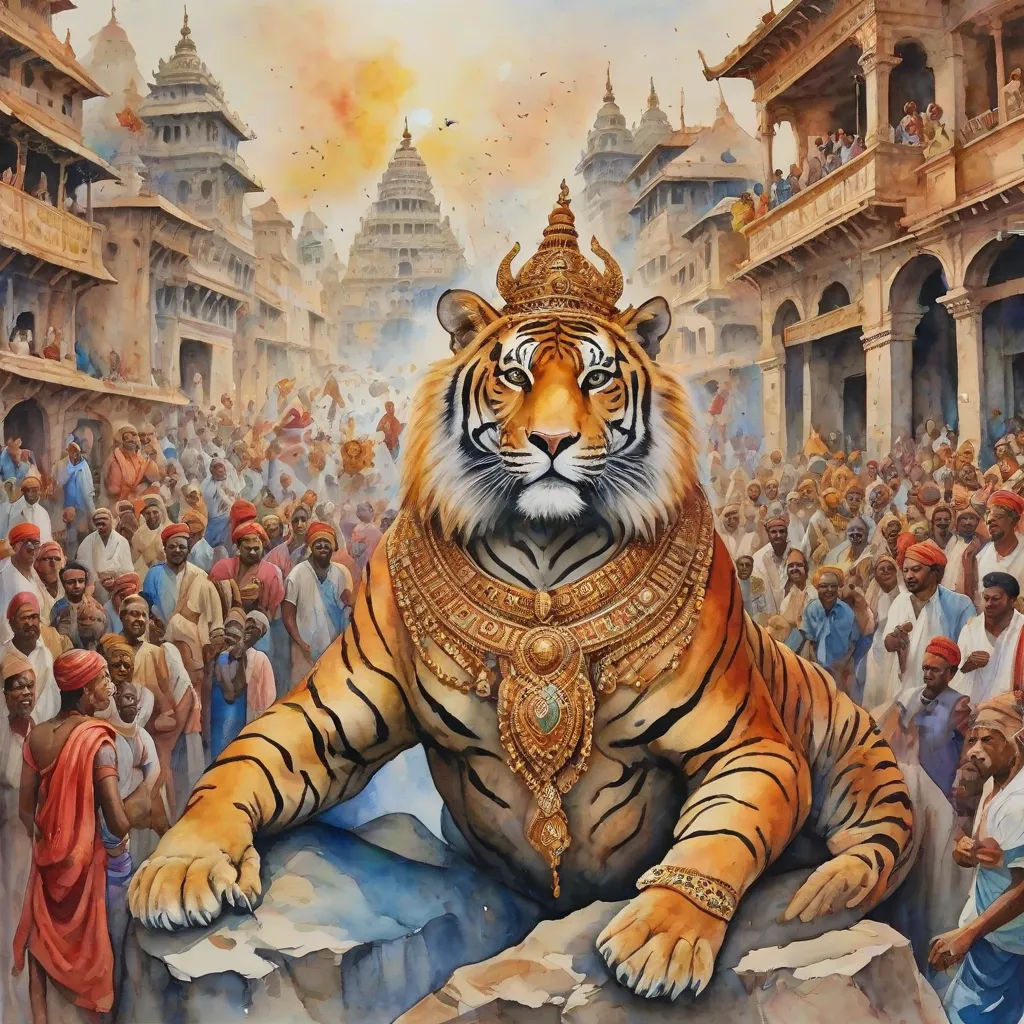
'The cycle of creation, preservation, and destruction is inevitable,' Shiva declared, 'The old must perish for the new to emerge.' His words echoed through the silent square.
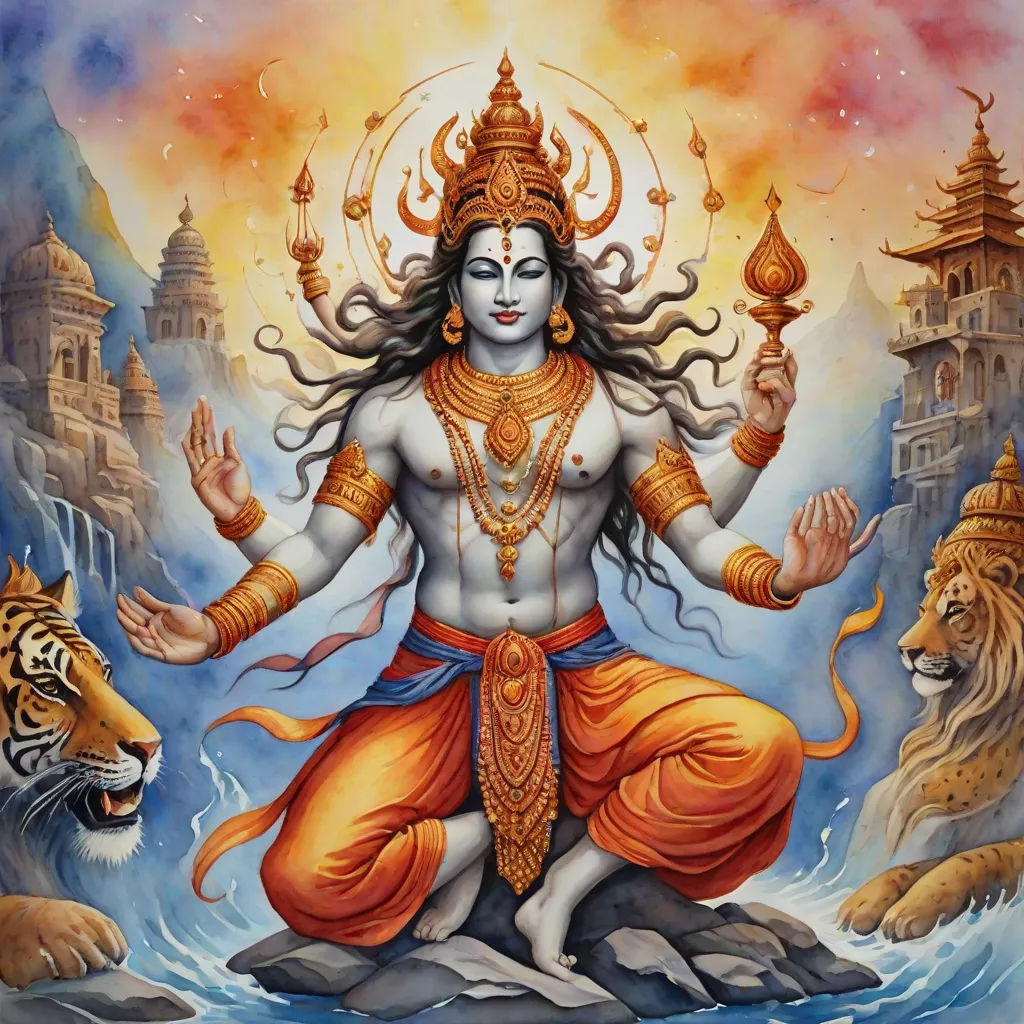
Shiva stood in the square, his body poised for the divine dance. The cosmic drum in his hand resonated with the rhythm of the universe.
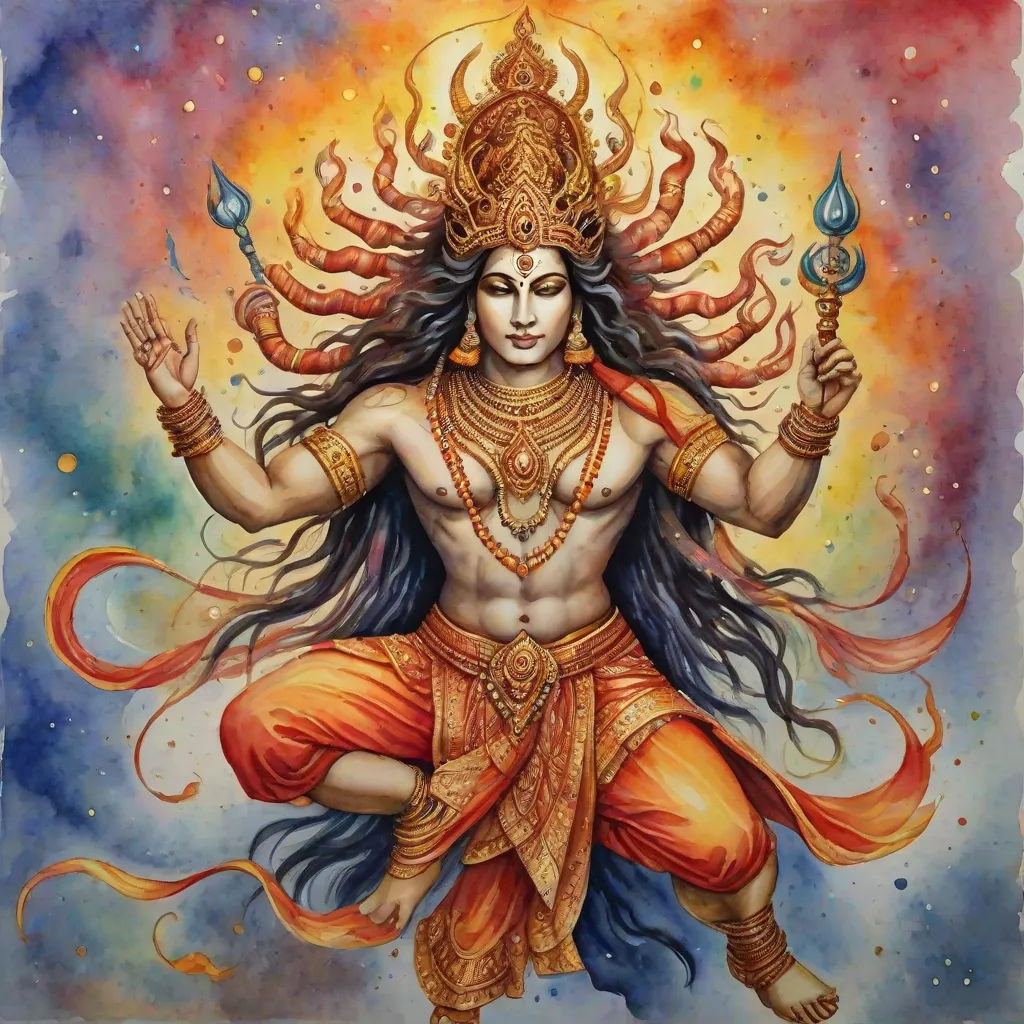
As Shiva danced, the cosmos trembled. The dance was a spectacle of divine energy, a manifestation of Shiva's role as the Destroyer and the Transformer.
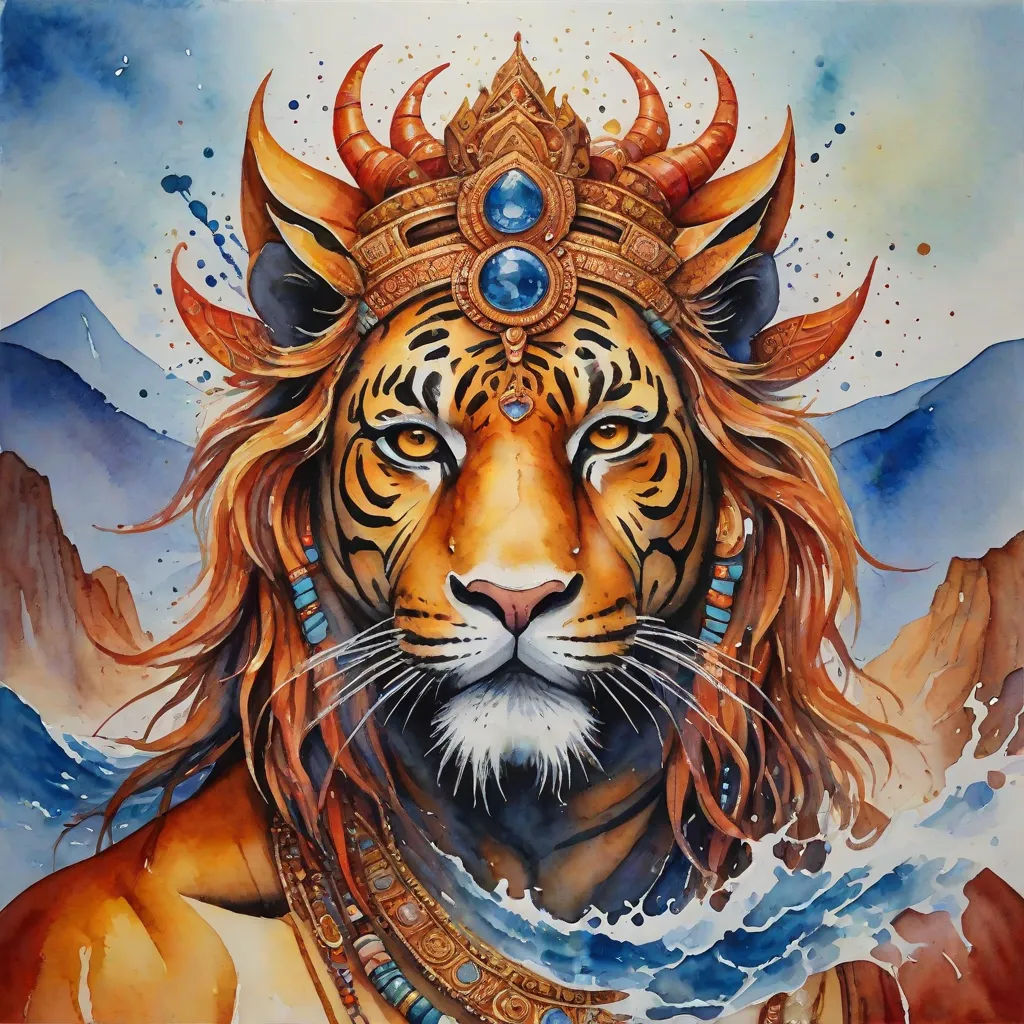
The world watched as reality warped. Buildings crumbled, mountains shattered, and the seas roared. The old world was being destroyed, making way for a new beginning.

Despite the destruction, there was a strange serenity. The people understood the necessity of this transformation. They watched with hope, anticipating the dawn of a new era.
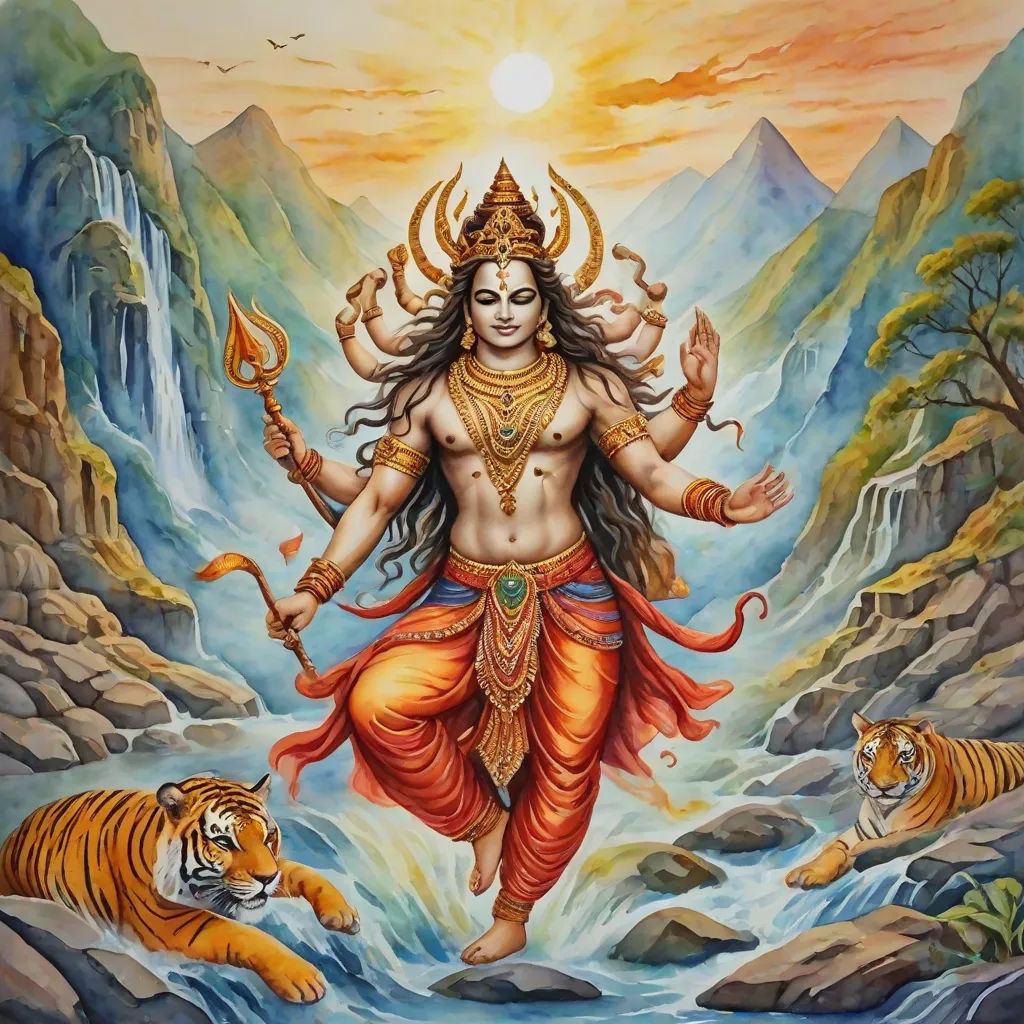
As Shiva's dance ended, the world was reborn. The ashes of the old gave life to the new. A sense of balance returned, harmony restored.

People rejoiced at the sight of their reborn world. They understood the destructive aspect of Shiva's nature was not about annihilation, but transformation and rebirth.
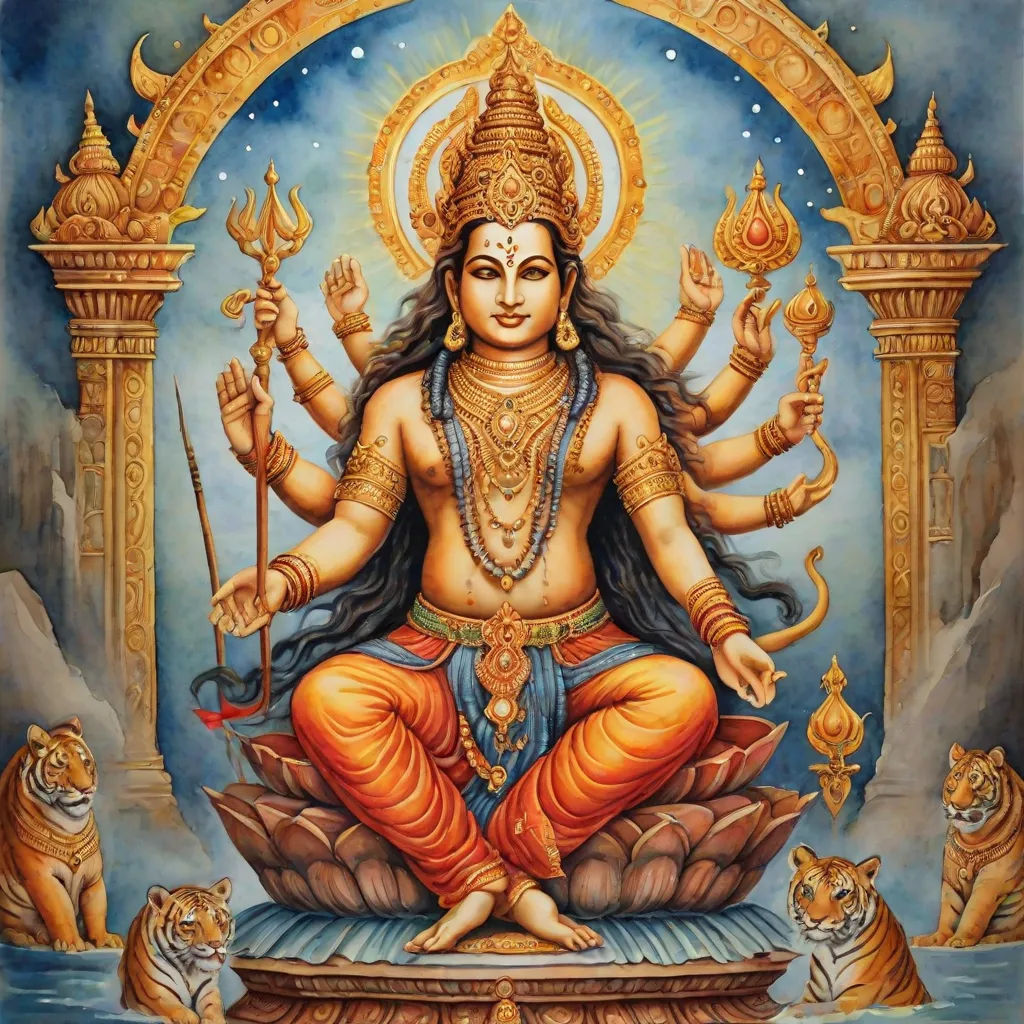
Back in the realm of gods, Brahma awaited Shiva's return. Seeing the balance restored, he breathed a sigh of relief. 'You have done well, Maha Dev,' he said.
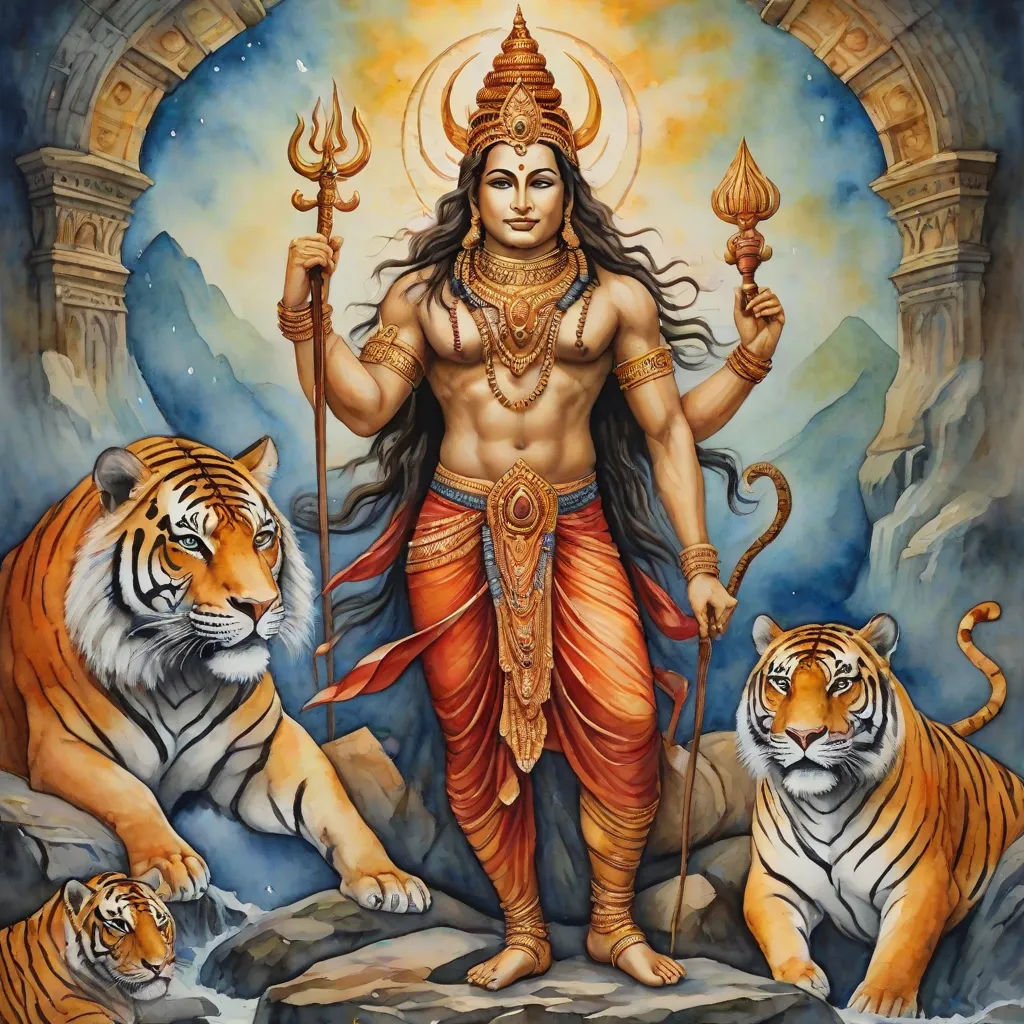
'The cycle continues, Brahma,' Shiva said, 'Destruction is but a prelude to creation.' His words echoed the profound truth of existence.
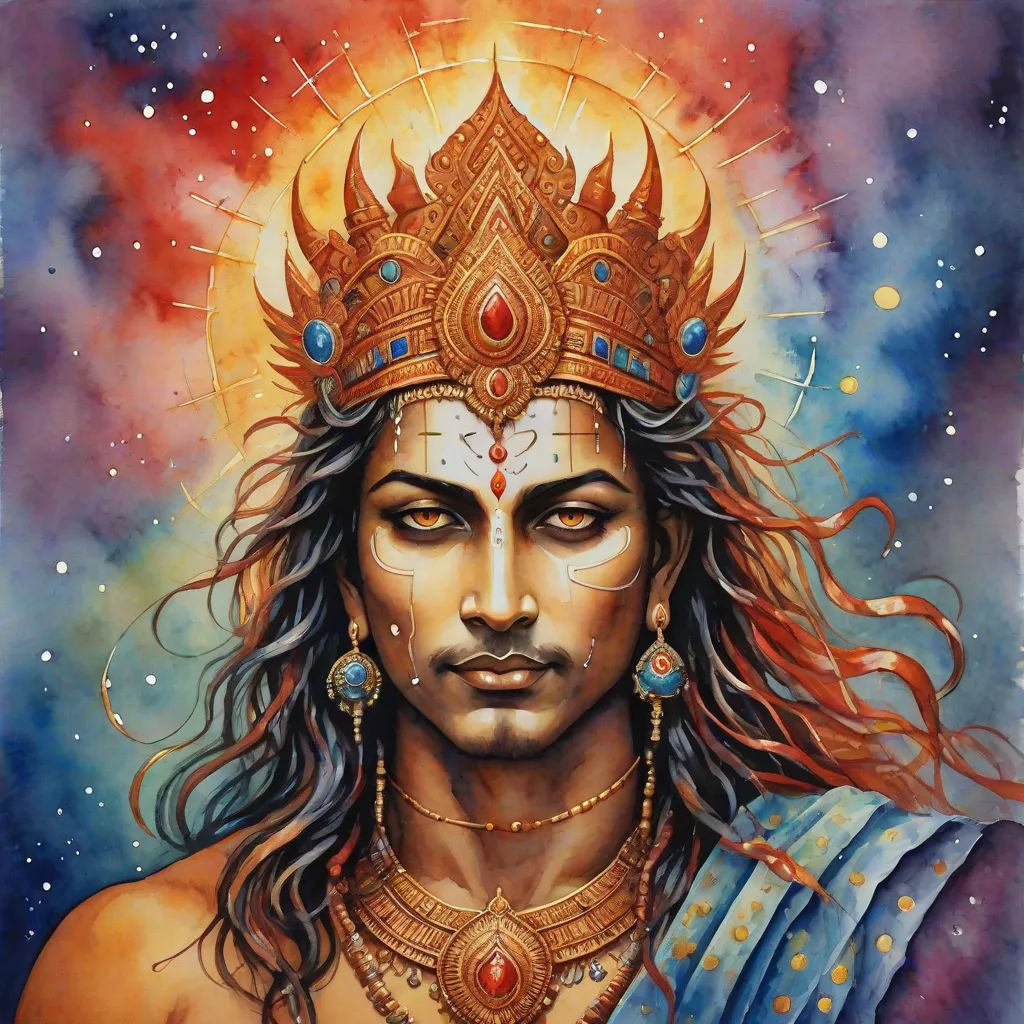
Tranquility returned to the cosmos. Shiva, the Destroyer, had fulfilled his role. His dance of transformation was a testament to the cyclical nature of existence.
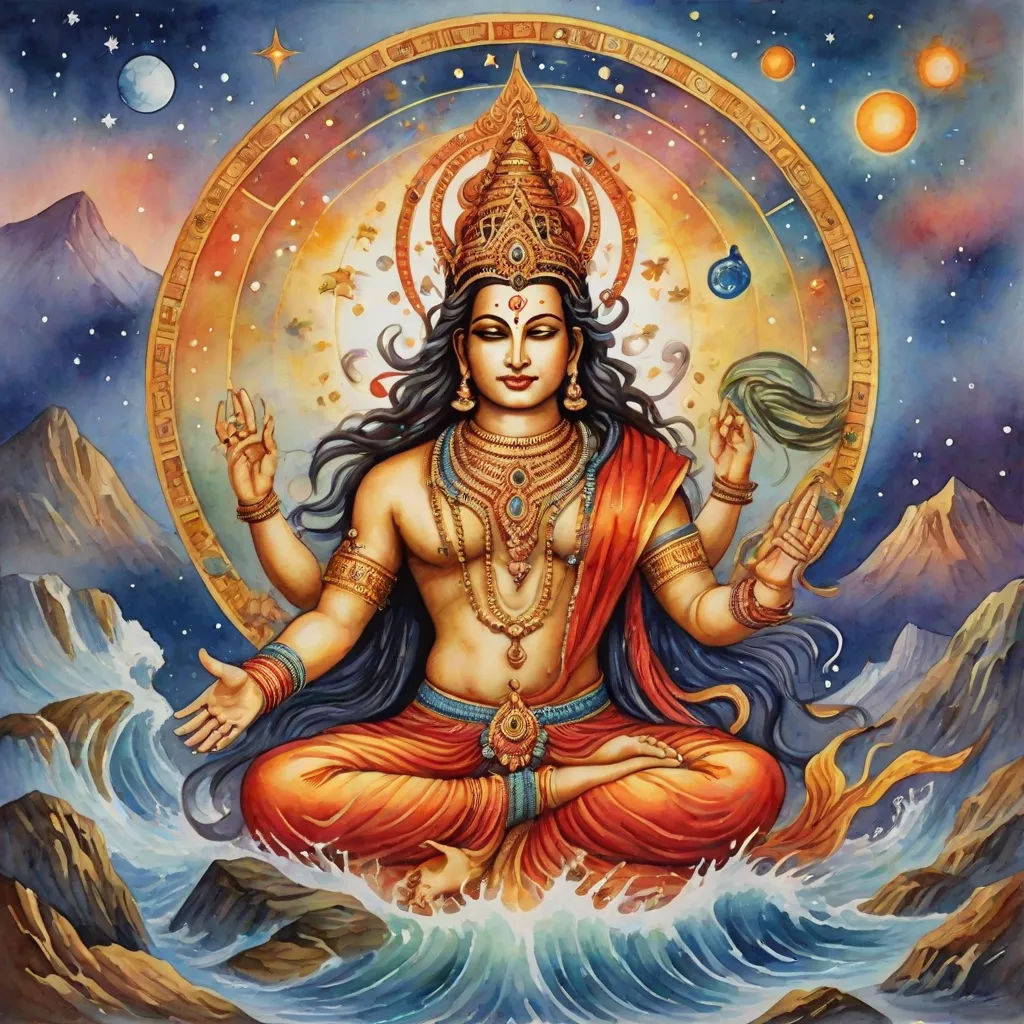
Shiva returned to his meditation, his mind once again exploring the infinite realms. His role as the destroyer was not one of malice, but of necessary transformation.
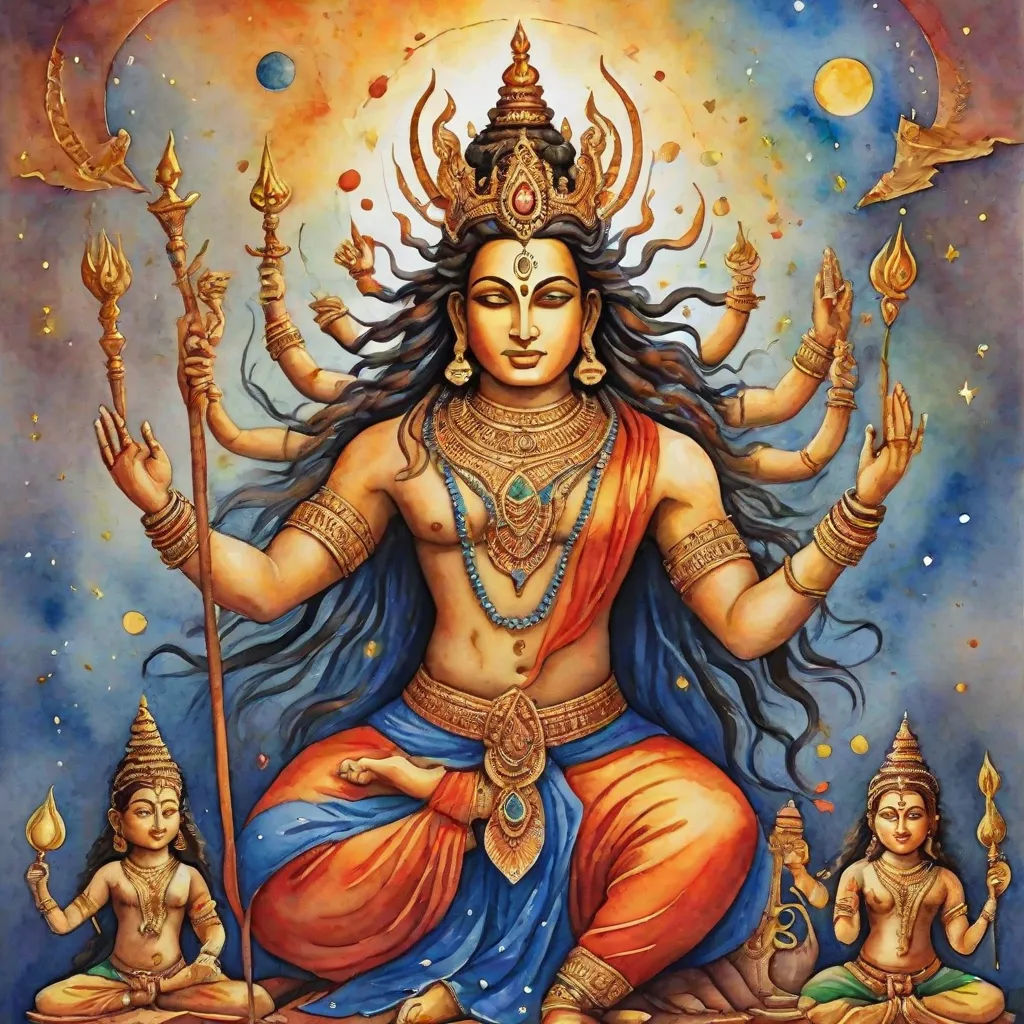
The reborn world thrived, its people living in harmony. They revered Shiva, understanding his role in the cosmic cycle. The dance of destruction had brought rebirth.

They told stories of the divine dance, of how their world was transformed. Shiva, the Destroyer, was also the Transformer, the harbinger of necessary change.